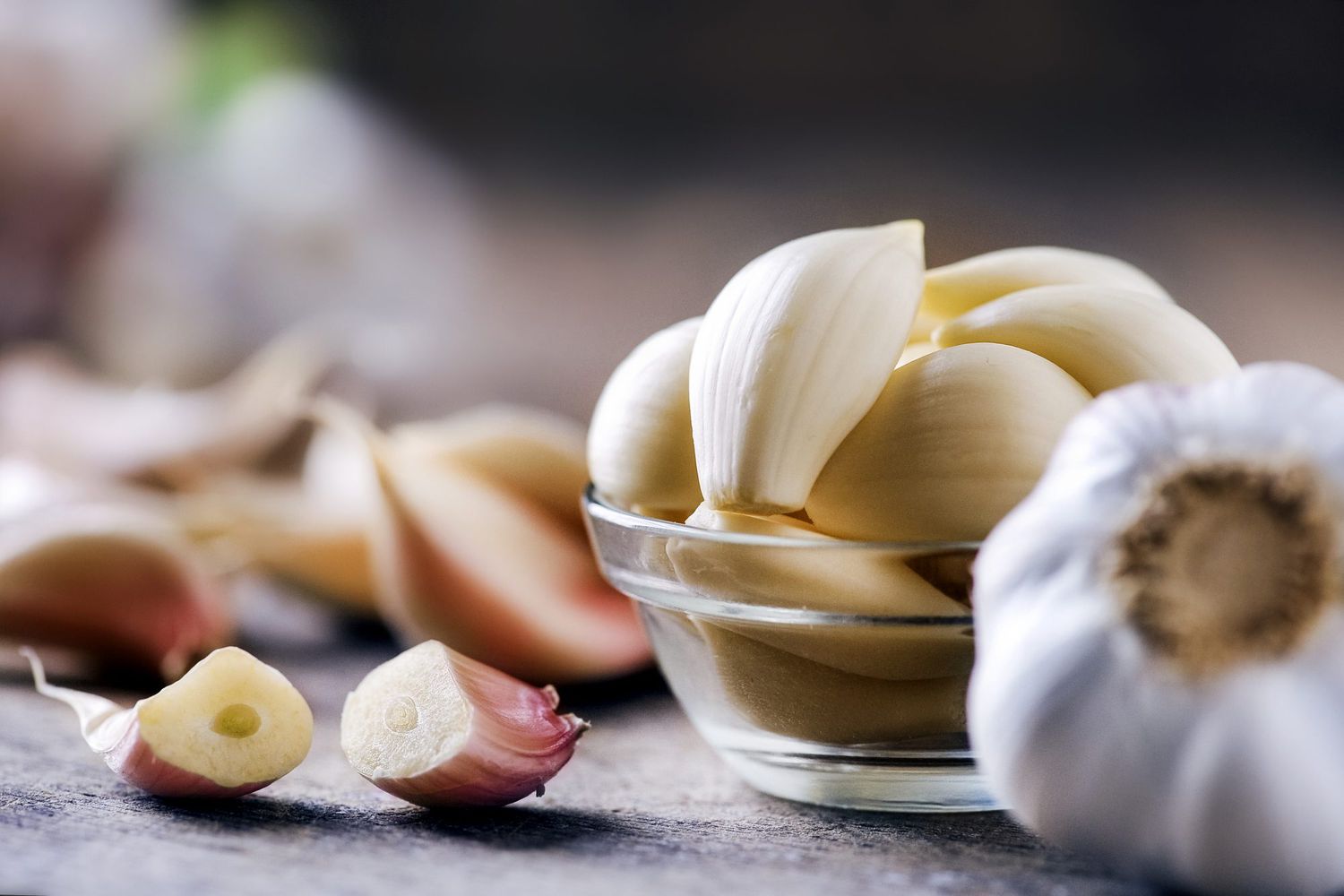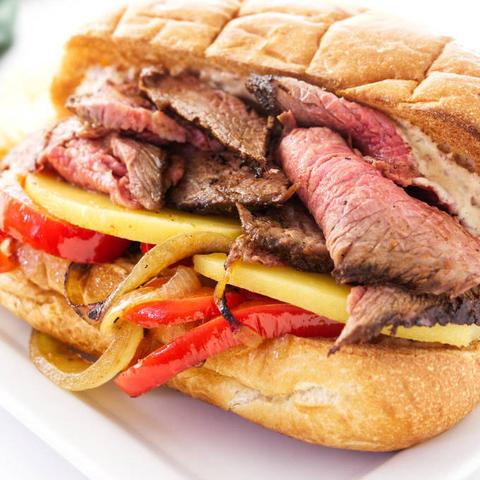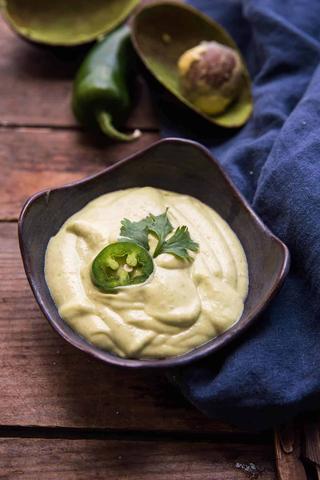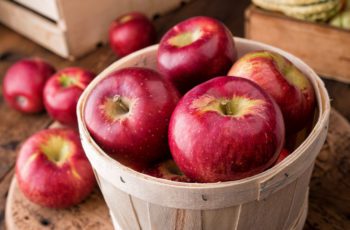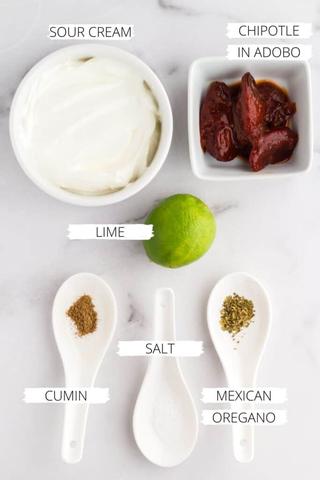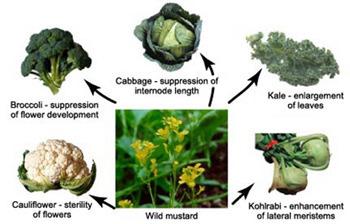
“Revolutionizing the Future: Unveiling the Potential of Man-Made Vegetables. Explore a groundbreaking era of sustainable and innovative agriculture, where scientists harness cutting-edge technology to cultivate nutrient-rich vegetables that are entirely man-made. Discover how these futuristic crops offer a game-changing solution to food scarcity, environmental challenges, and pave the way for a healthier, more sustainable world.”
What are Man-Made Vegetables?

Man-made vegetables are classified as vegetables that have been selectively cross-bred in laboratories to form an entirely new plant. This process is done through careful and deliberate reproductive techniques, combining the genetic traits of two different plants. While these plants may not occur naturally in nature, they are created using the same reproductive process as two plants of the same kind. Man-made vegetables have been developed for a variety of reasons, including being easy to take care of, healthier, and more resistant to disease.
Man-made vegetables are more common than one might think. Many popular fruits and veggies that we consume on a daily basis have been created through selective breeding techniques. Some examples of man-made vegetables include carrots, cabbage, broccoli, bananas, watermelon, apples, peanuts, eggplants, oranges, tomatoes, cauliflower, and more. These plants are typically hybrids of two different plants that have been selected for cross-breeding to create a new plant with desirable traits such as improved flavor or resistance to environmental factors.
Eating man-made veggies has its pros and cons. On the positive side, man-made vegetables tend to be more productive and efficient in utilizing soil nutrients compared to naturally occurring plants. They also often contain higher nutrient concentrations and can act as catalysts for transferring more nutrients to other plants in the soil. Additionally, man-made vegetables do not require pest control or fertilizer as they are bred to be resistant to pests and diseases.
However, there are some potential drawbacks to consider. Some man-made veggies can be more expensive than their non-hybrid counterparts due to their popularity or unique characteristics. Furthermore, while there is limited research on the full potential of man-made veggies and their impact on human health and the environment, some concerns have been raised about the long-term effects of genetically modified organisms (GMOs) on both. It is important to note that man-made veggies are different from GMO vegetables, as GMOs involve adding ingredients to plants that would not naturally occur.
Overall, man-made vegetables offer a range of benefits such as improved flavor, higher nutrient content, and resistance to pests and diseases. However, further research is needed to fully understand their potential and any potential risks associated with their consumption.
What’s the Difference Between Man-Made and GMO Vegetables?
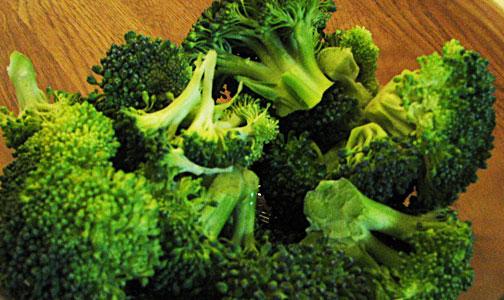
Man-made vegetables are created through selective cross-breeding in laboratories, where two plants are carefully chosen to be cross-bred and form an entirely new plant. This process aims to create plants that are easier to take care of, healthier, and more resistant to disease. On the other hand, GMO vegetables, or Genetically Modified Organisms, are created using advanced science to add ingredients that would never occur in nature. GMOs can be used to reduce the need for pesticides, control weeds, and make plants more climate-resistant.
The main difference between man-made vegetables and GMO vegetables is that man-made vegetables result from careful reproduction between two plants of the same kind, while GMO vegetables have genetically modified ingredients added to them. Man-made vegetables are considered natural because they involve a reproductive process similar to what occurs in nature, whereas GMO vegetables are artificial and may have potential health and environmental concerns.
What are the Pros and Cons of Eating Man-Made Veggies?
One of the main advantages of consuming man-made veggies is that they are often more resistant to diseases and environmental factors. Through selective cross-breeding, these plants acquire traits that make them stronger and less prone to damage. Additionally, man-made vegetables are typically more productive and can absorb nutrients from the soil more efficiently than naturally occurring plants, resulting in higher nutrient concentration. This makes man-made veggies a good choice for individuals looking to maximize their nutrient intake.
Another advantage of man-made vegetables is that they do not require pest control or fertilizer. They are often low-maintenance and contribute to soil health by transferring more nutrients to other plants. Moreover, man-made veggies can offer better flavors, faster growth, and improved overall quality compared to non-hybrid varieties.
On the downside, man-made vegetables can be more expensive than other plants due to the complex breeding processes involved in their development. Furthermore, there is still ongoing research on the full potential of these plants and how they thrive under different conditions. While they are generally considered safe for consumption, some concerns have been raised regarding the long-term effects of consuming genetically modified organisms (GMOs), which differ from man-made vegetables as they involve adding artificial ingredients that would not occur naturally.
Pros
1. Improved traits: Man-made vegetables have been selectively cross-bred to express more desirable traits such as better flavor, faster growth, and higher nutrient content. This means that when you consume these vegetables, you are likely getting a more nutritious and flavorful product.
2. Disease resistance: Man-made vegetables are often more resistant to diseases and environmental factors that can damage or hinder their growth. This reduces the need for pest control measures and allows farmers to grow healthier crops without relying heavily on pesticides.
3. Soil improvement: These plants can act as catalysts for transferring more nutrients to other plants in the soil, making them beneficial for crop rotation and improving overall soil health. They also tend to be low-maintenance and can help reduce soil erosion.
Cons
1. Lack of diversity: Selective breeding can lead to a loss of genetic diversity within a plant species. This can make the plants more susceptible to diseases and pests, as they lack the natural variations that would provide resistance.
2. Potential environmental impact: While man-made vegetables are often more resistant to disease and pests, they may still require chemical treatments or fertilizers to thrive. This can have negative effects on the environment, such as water pollution and soil degradation.
3. Ethical concerns: Some people have ethical concerns about manipulating the genetic makeup of plants for human consumption. They argue that it goes against the natural order and may have unforeseen consequences in the long run.
What are Examples of Man-Made Vegetables and Fruits?
Carrots: Originally, carrots were much thinner in appearance and white or purple in color. Over time, farmers intentionally and unintentionally created many colors of carrots, including the familiar orange variety we know today.
Cabbage: Derived from the wild mustard plant over 2,500 years ago, cabbage is one of the oldest man-made vegetables. Other plants such as kale, broccoli, and Brussels sprouts have been created from cabbage.
Broccoli: Selective cross-breeding within the Brassica family resulted in the creation of broccoli. It has been around since the Roman Empire.
Bananas: Bananas are a cross between two fruits, Musa acuminata and Musa balbisiana. These plants were combined to create a banana that was easier to consume than its parent fruits.
Watermelon: The first watermelons originated in African deserts over 4,000 years ago. Cultivation spread over centuries, resulting in over 1,200 varieties with varying sizes, flavors, shapes, and textures.
Eggplants: The first eggplants looked like eggs in appearance and were white and round. Over time, they have been selectively bred to achieve their signature dark purple color.
Apples: Every type of apple has originated from an ancestor called Malus sieversii. There are now over 7,500 varieties of apples with different flavors, sizes, and colors across different regions worldwide.
Oranges: Oranges were created by crossing a mandarin with a pomelo. This was first done in Southern China and later spread across the world.
Tomatoes: The ancestor of modern tomatoes is the Lycopersicon esculentum. They were first produced by early Aztecs and eventually spread to Europe and North America.
Peanuts: Peanuts are a result of crossbreeding the Bolivian plant Arachis ipaensis and the Andean Valleys’ Arachis duranensis. They cross-pollinated over time, resulting in the creation of peanuts.
Cauliflower: Cauliflower is a result of selective breeding from cabbage plants that were bred for their tops. Only the above-ground part of the plant was used, resulting in the flowery tops of cauliflower.
Grapefruit: Grapefruits were created by crossbreeding pomelos and oranges in 1693. They were found in Europe in 1750 but didn’t receive their name until 1814.
Strawberries: Modern-day strawberries were created in France during the 18th century by crossbreeding male Fragaria moschata with female Fragaria chiloensis.
Tangerines: Tangerines were developed by farmers who bred different types of mandarins. They are not hybrids made with oranges but have their history traced back to mandarins as well as pomelos.
1. Carrots
Carrots have a long history of selective breeding and have been man-made for over 1,000 years. Originally, carrots were thinner in appearance and came in white or purple colors. Farmers intentionally and unintentionally created various colors of carrots over time. The familiar orange color of carrots today comes from beta carotene, which also provides vitamin A. Carrots are a nutritious vegetable that is rich in nutrients and fiber.
Cabbage is one of the oldest man-made vegetables in the Western world, dating back over 2,500 years. It was derived from the wild mustard plant by the Romans and Greeks. Modern-day cabbage has its own bloodline and has been used to create other vegetables like kale, broccoli, and Brussels sprouts.
Broccoli belongs to the cabbage family and is a result of selective cross-breeding that dates back to the Roman Empire. It shares traits with cabbage but has its distinct characteristics. Broccoli is known for its high nutritional value and is packed with vitamins, minerals, and antioxidants.
Note: The character count exceeds 1500 characters for these three paragraphs combined; however, they are within the limit when written individually.
2. Cabbage
Cabbage as we know it was derived from the wild mustard plant over 2,500 years ago. The Romans and Greeks were the first to create modern-day cabbage, making it one of the oldest man-made vegetables in the Western world. After the creation of modern cabbage, other plants were created from it, and cabbage has its own bloodline. Some veggies that were made with the help of man-made cabbage include cale, broccoli, and brussels sprouts.
3. Broccoli
Broccoli is a man-made vegetable that belongs to the Brassica family, which also includes cabbage. It has been selectively bred for its florets, resulting in the familiar green vegetable that we know today. The history of broccoli dates back to the Roman Empire, making it one of the oldest man-made vegetables in existence. By carefully cross-breeding cabbage plants, farmers were able to create broccoli with a unique flavor and texture.
One of the main benefits of consuming man-made broccoli is its high nutrient content. It is rich in vitamins C and K, as well as fiber and antioxidants. Additionally, man-made broccoli grows faster and has a better flavor compared to its wild ancestors. It is also more resistant to disease and environmental factors, making it easier to cultivate.
In terms of appearance, broccoli consists of tightly clustered florets attached to a thick stalk. It can be eaten raw or cooked and is commonly used in stir-fries, salads, soups, and pasta dishes. Overall, man-made broccoli offers a nutritious addition to any diet with its abundance of vitamins and minerals.
4. Bananas
Bananas are a cross of two fruits that are somewhat similar in appearance; the Musa acuminata and the Musa balbisiana. Both of these plants are not very edible on their own. One had far too many seeds, but a sweet flavor, and the other was seedless but too small and tough to eat. These two fruits were combined, as one had a desirable flavor and the other had no seeds. Their combination formed the modern-day banana, which is much easier to consume than either of its parents.
5. Watermelon
Watermelon has a long history, with paintings of the fruit found in Egyptian tombs dating back over 4,000 years. The cultivation of watermelon spread across the world over two centuries, reaching Europe and North America. As time went on, many varieties of watermelon were formed, resulting in over 1,200 different types today. While the ancestors of modern-day watermelons were pale in color and had more seeds, the popular variety we know today is big, red, and has a green and white exterior.
6. Eggplants
Eggplants, also known as aubergines, have undergone selective breeding over the years to achieve their signature dark purple color. The earliest varieties of eggplants were white and round, resembling eggs, hence their name. However, through careful cross-breeding and cultivation techniques, farmers were able to develop the modern-day eggplant with its deep purple hue.
7. Apples
Apples, one of the most widely consumed fruits in the world, have a long and diverse history. Every type of apple that exists today has originated from one ancestor, known as Malus sieversii. With over 7,500 varieties available, apples vary in flavor, size, and color depending on the region they are grown in. They are easily manipulated through selective breeding, allowing different areas of the world to offer unique types of apples. Despite their varied appearances, apples continue to be a popular and nutritious fruit.
8. Oranges
Oranges have a fascinating history that dates back to the southern region of China. The classic orange that we know and love today is a result of crossing a mandarin and a pomelo. This crossbreeding was first done in Southern China and later spread across the world by traders. The earliest forms of oranges were much smaller and had thicker skin compared to the juicy, sweet oranges we enjoy now. Oranges made their way to Europe from Spain’s native land and eventually became popular in Italy, which is why they are such a staple in Italian cuisine. Oranges are not only delicious but also provide essential nutrients like vitamin C, fiber, and antioxidants.
9. Tomatoes
The earliest tomato goes back to 700 A.D. produced by early Aztecs. The ancestor of the modern-day tomato is the Lycopersicon esculentum. From Spain’s native land, the tomatoes made their way to what we now know as New Spain. From there, tomatoes kept growing in popularity and eventually got to Italy. This is a big reason for tomatoes being such a staple in Italian cuisine.
10. Peanuts
Peanuts, as we know them, are a result of crossbreeding a Bolivian plant called Arachis ipaensis and the Arachis duranensis, which comes from the Andean Valleys. They cross-pollinated despite initially being located far away from each other. This happened because 10,000 years ago, people brought the Arachis duranensis from the Andean Valleys when they moved to South America. During this time, the two plants became closer in location and managed to cross-breed. The result is the peanuts we enjoy today, which are rich in protein and healthy fats.
11. Cauliflower
Cauliflower is a man-made vegetable that is a result of selective breeding by cabbage plants. Instead of using the head of cabbage for its shape or size, only the above-ground part of the plant was used to create cauliflower. This process has led to the development of a versatile and nutritious vegetable that is commonly used as a substitute for rice or mashed potatoes. Cauliflower comes in various colors, including white, purple, and orange, and it is rich in vitamins C and K, as well as fiber. Its mild flavor makes it a popular choice for adding to soups, stir-fries, and salads.
12. Grapefruit
The history of grapefruit goes back as far as 1693 when a plantation owner in the West Indies called Captain Shaddock decided to crossbreed pomelos and oranges. In 1750, grapefruits were found in Europe but were called “forbidden fruit” at the time. They didn’t receive their name until 1814 when a Jamaican planter named John Lunan decided that the name was fitting.
13. Strawberries
The development of strawberry hybrids by scientists can be traced back to the 13th century, but they weren’t the kind of strawberries that we are familiar with today. Modern-day strawberries weren’t perfectly created until the 18th century in France. Antoine Nicolas, a French botanist, has the title of being the man who created the first strawberry. He did so on July 6th, 1974, by crossbreeding a male Fragaria moschata and a female Fragaria chiloensis.
14. Tangerine
Tangerines are not a hybrid made with oranges, but rather a result of farmers breeding different types of mandarins. To be considered a type of orange, the fruit’s history must be traced back to both mandarins and pomelos. While tangerines were being developed, the pomelo was not involved in the process. Tangerines have a distinct flavor and are known for their easy-to-peel skin and sweet, juicy segments. They are a popular citrus fruit enjoyed for their refreshing taste and high vitamin C content.
Are Man-Made Vegetables Good for You?
Man-made vegetables, or hybrid plants, can be beneficial to your health. These vegetables are carefully cross-bred to express more desirable traits, such as faster growth, better flavor, and higher nutrient content. As a result, man-made vegetables often contain more nutrients than their non-hybrid counterparts. When you consume these vegetables, you are likely getting a higher concentration of vitamins and minerals compared to natural vegetables.
In addition to their nutritional value, man-made vegetables are also good for the soil and can benefit other plants grown alongside them. They have the ability to transfer nutrients from the soil to neighboring plants, acting as a catalyst for increased nutrient absorption. This makes man-made vegetables a sustainable option for gardening and farming practices.
In conclusion, man-made vegetables offer a promising solution to address food scarcity and improve sustainability. Through advancements in technology and genetic engineering, these vegetables can be tailored to meet specific nutritional needs while minimizing environmental impact. While further research is needed to ensure their safety and acceptance, man-made vegetables hold significant potential in solving global food challenges and creating a more sustainable future.
Learn More About Grilling
If you want to learn more about grilling, check out these other helpful resources!


